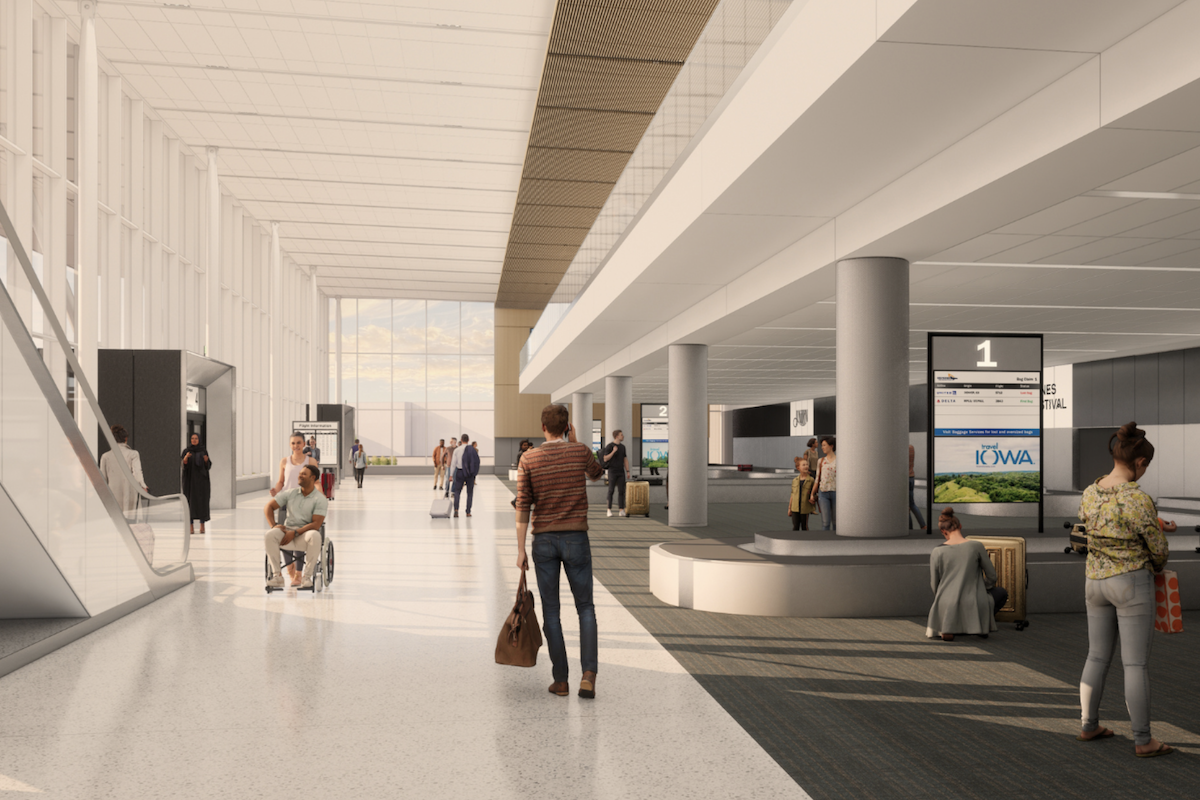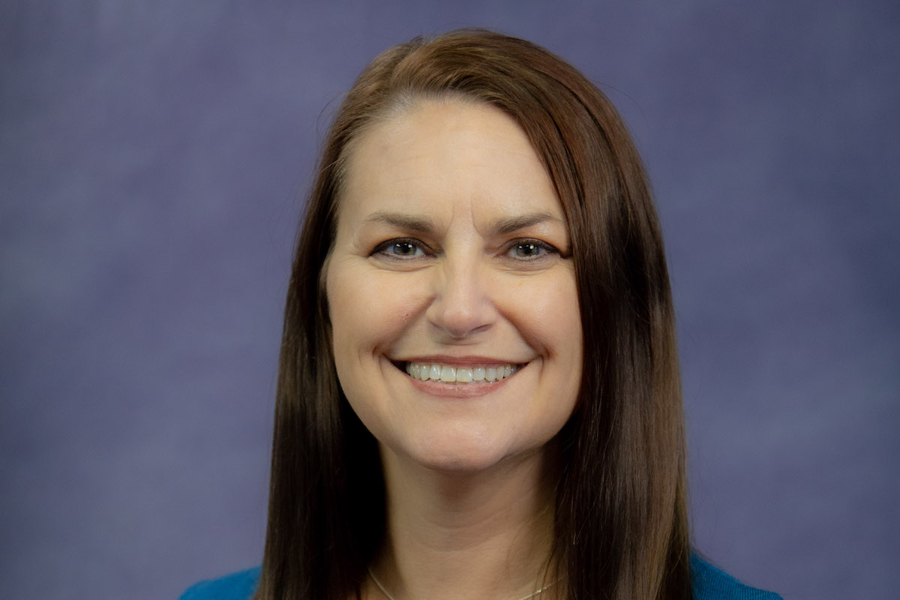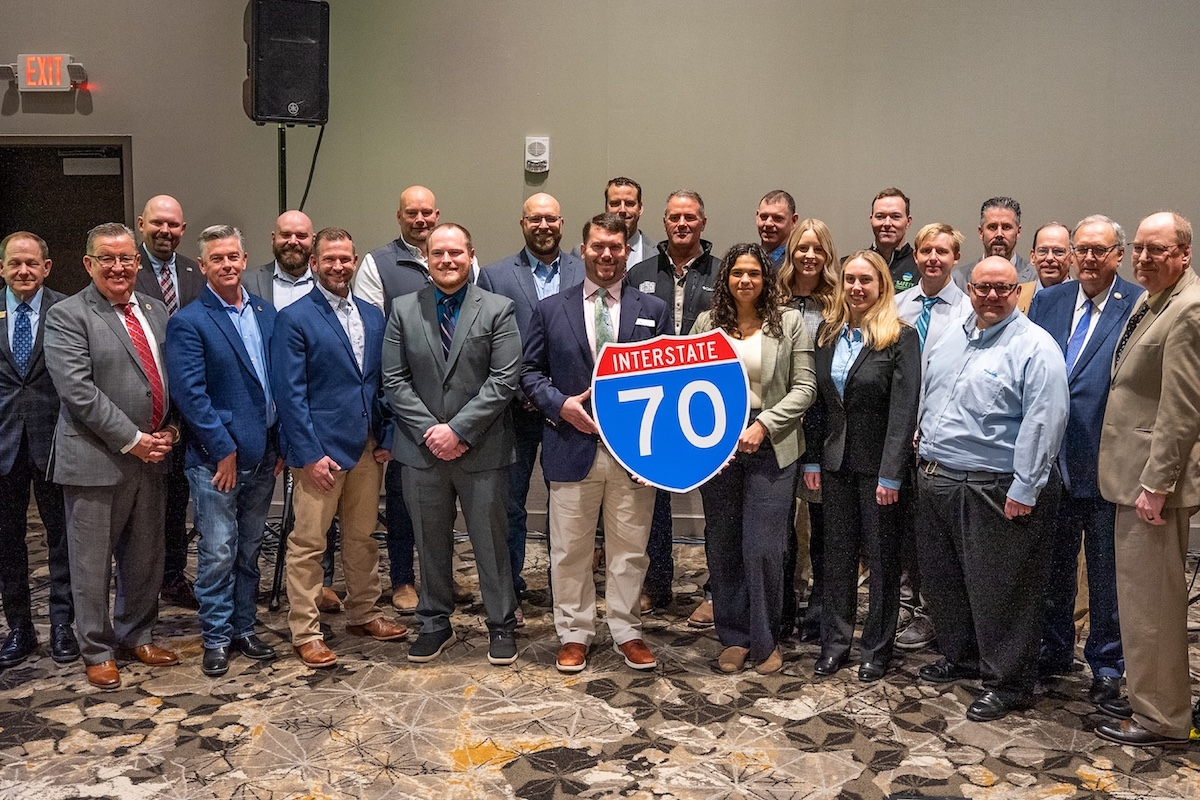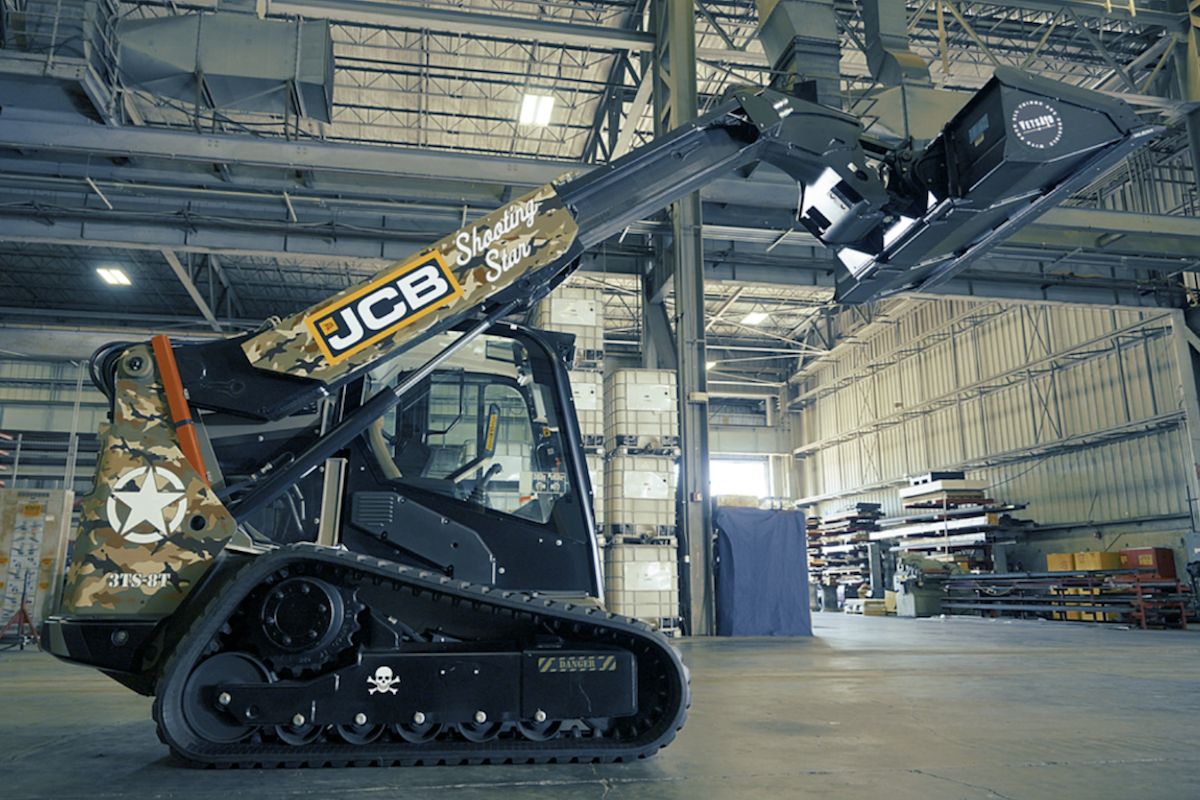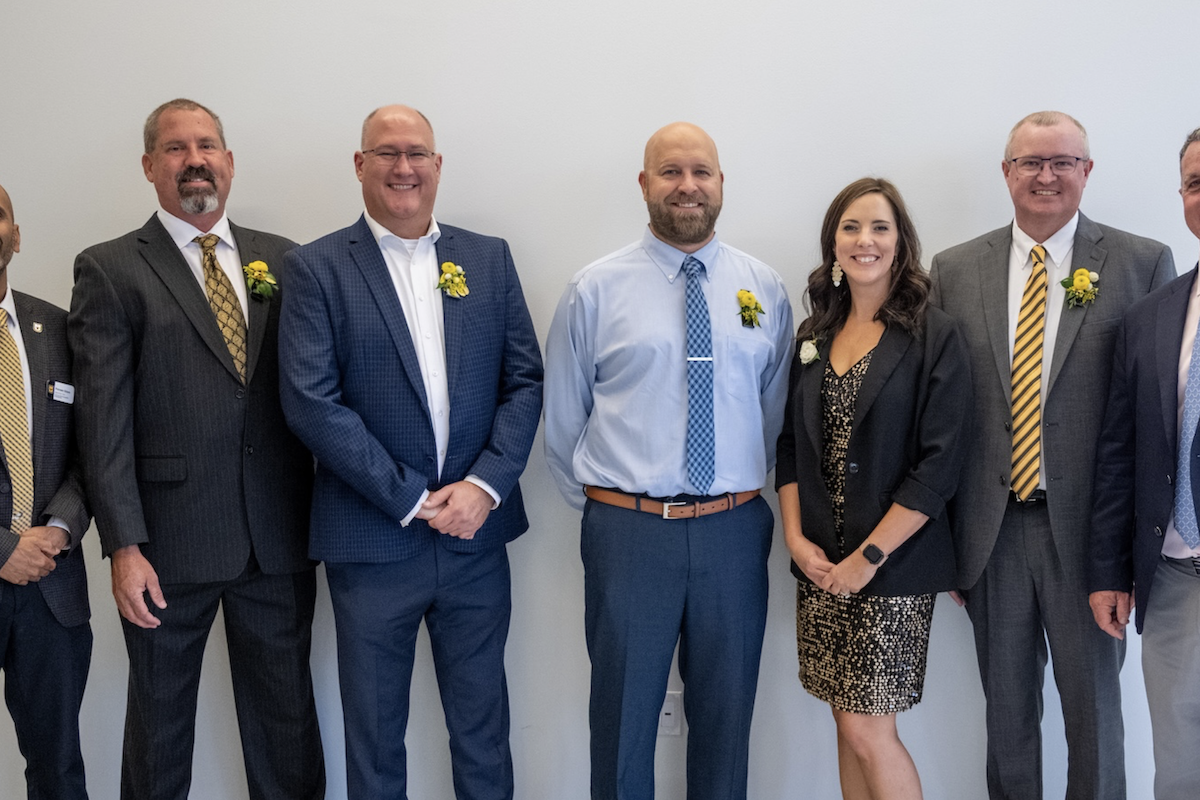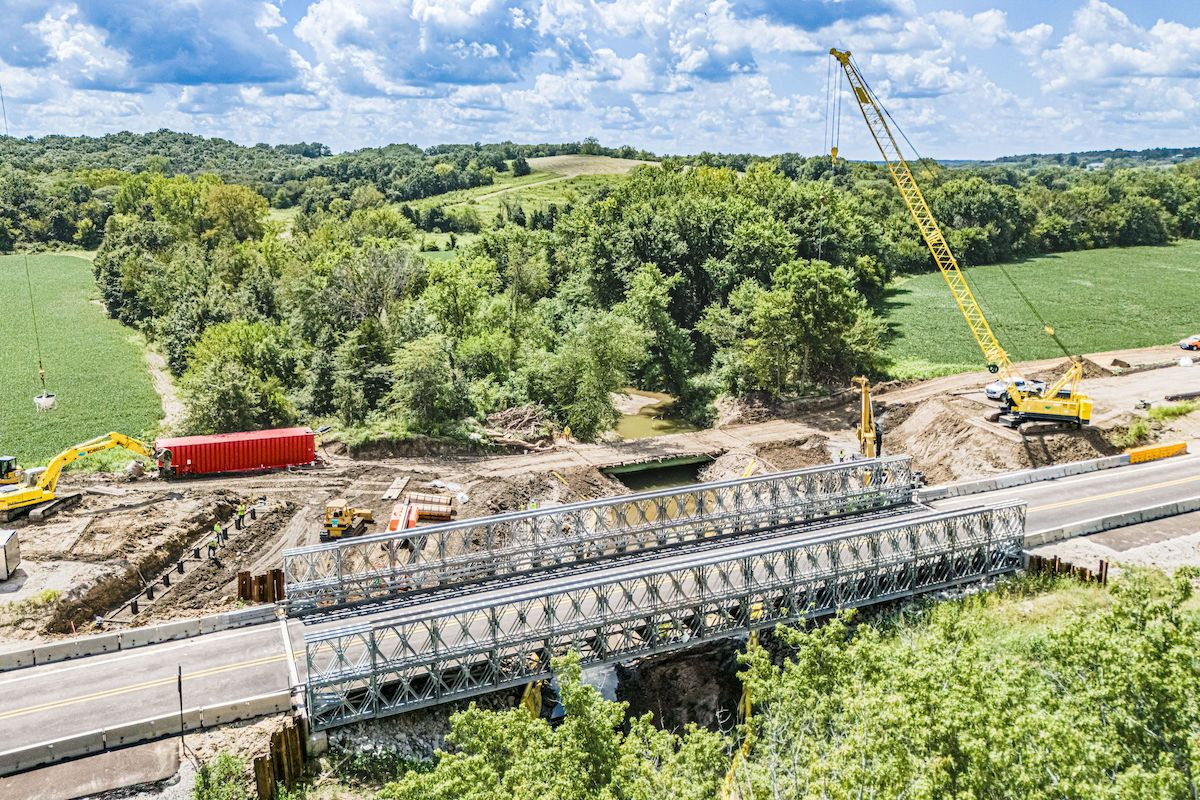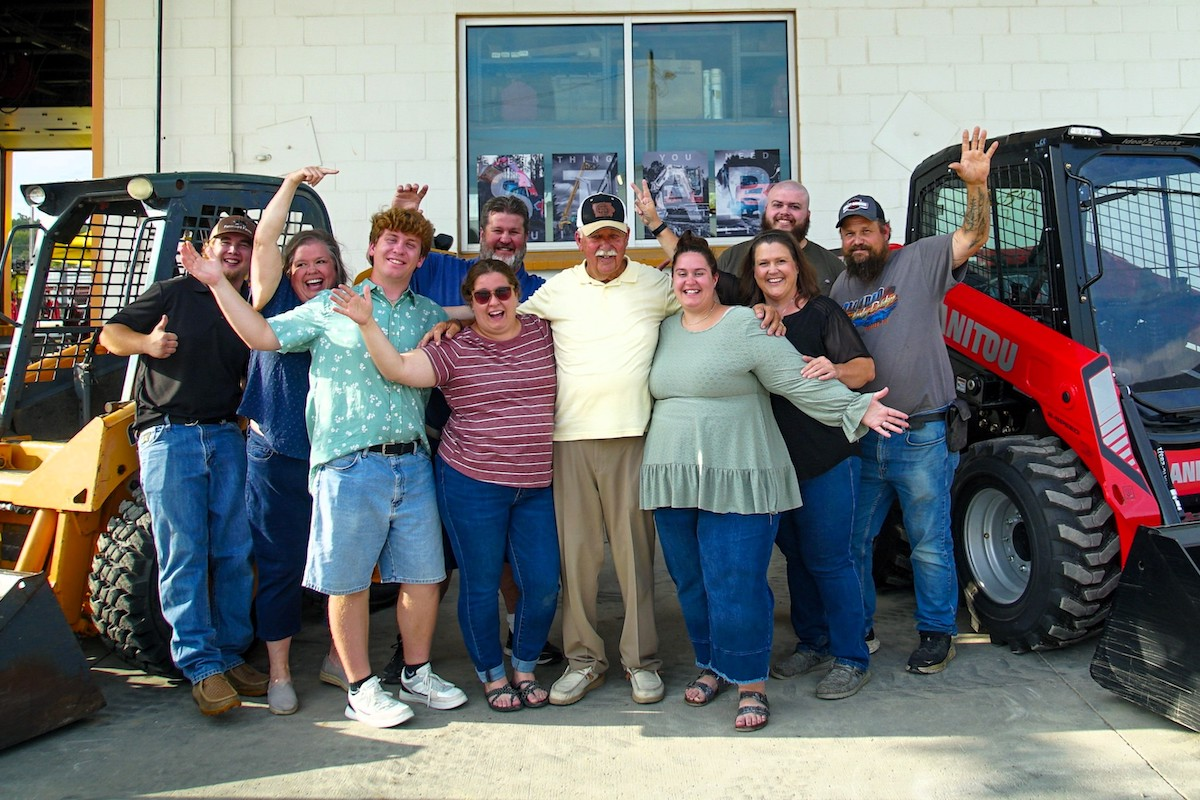The project began in 1996 with early scoping and design. Construction work began in 2010. In an ideal world with sufficient funding, the fourth and final phase will wrap up in 2030.
Originally, WSDOT determined that the I-90 Snoqualmie Pass area had road closures too frequently due to snow avalanches. The goal was to reduce those closures.
They approached those responsible for maintaining the Baker-Snoqualmie National Forest since they own the right of way in the area. “We have worked closely with the forest service who wanted all road closure issues addressed and attention to be paid to the wildlife that’s indigenous to the area,” said Brian White, the Region Administrator for WSDOT in the South Central Region.
So, the project grew in scope to include a 15-mile-long corridor. The aim is to improve safety and reliability, reduce congestion, and road closures due to avalanches. This section originally had four lanes, plus a truck driving lane while other nearby slices of I-90 had six lanes.

| Your local Gehl Co dealer |
|---|
| Star Equipment LTD |
To meet their aims, WSDOT is adding a new lane in each direction, replacing concrete pavement, stabilizing rock slopes, building wildlife crossings, improving sight distance and traffic safety (to compensate for the sharp unsafe curves in the area), and improving traffic management technology systems. The concrete being replaced is over 50 years old and is at the end of its life span.
“The National Forest staff identified the local wildlife as a barrier to movement for the roadway,” White says. “The bridgework we are doing is to allow the wildlife to go over or under I-90.”
The team is building a total of 15 structures for wildlife to use under the roadway and an additional bridge eight bridges for the wildlife to cross over the road. The first overcrossing was constructed in 2018. To build the overcrossing, contractor crews will use stub walls and precast arches and backfill the wall. There will be dirt, rocks, and trees on the overcrossing to make it look like the rest of the forest. “We monitored to see where the wildlife crosses to determine the ideal locations for the bridges,” White says.
Perhaps, the most challenging element of the program is the 70-foot-tall half-mile-wide wall that the team is building into the hillside. The base will be a soldier pile wall, while the top will be a Mechanical Stabilized Earth wall.
“We need to keep I-90 open and traffic moving to allow agricultural products flowing between the ports and overseas,” White says.
The average daily traffic count in this section is between 25,000 and 30,000 vehicles during the week. Truck traffic accounts for 10 to 15 percent of the vehicles. This number jumps to nearly 50,000 vehicles during holiday weekends, as people travel to the area for recreation. Because of the necessity of the road, the contract stipulates that the team keep two lanes open during peak travel times.
Getting equipment and personnel to the work zone was also a challenge. There are no back roads to move materials around. However, a portion of the project has a detour where the contractor has a good portion of the roadway to construct not under traffic.
White also has noted there’s been lots of excessive speeding and inattention from drivers through the work zone. While this has led to accidents, fortunately, there have been no serious injuries or fatalities.
The budget for this phase of the project is $335 million. The entire project is about $1 billion. The state is funding the project and it’s doing so via revenue from several packages starting in 2005. Although early in the process, the project is on budget so far. White is confident the project will remain on budget but cautions, “We’ve had material costs go up 10 to 20 percent over the life of the project, and labor has gone up quite a bit as well.”
Phase three began in the summer of 2022 and is expected to be complete in fall 2028. It’s currently on schedule.
When this phase and the entire project completes, wildlife will have greater protection. I-90 will have greater capacity in the region, giving commuters more reliability. It will also be more resilient and less prone to avalanches and falling rocks. The economic machine that is I-90 will be future-ready.
Photos courtesy of the Washington State Department of Transportation


















